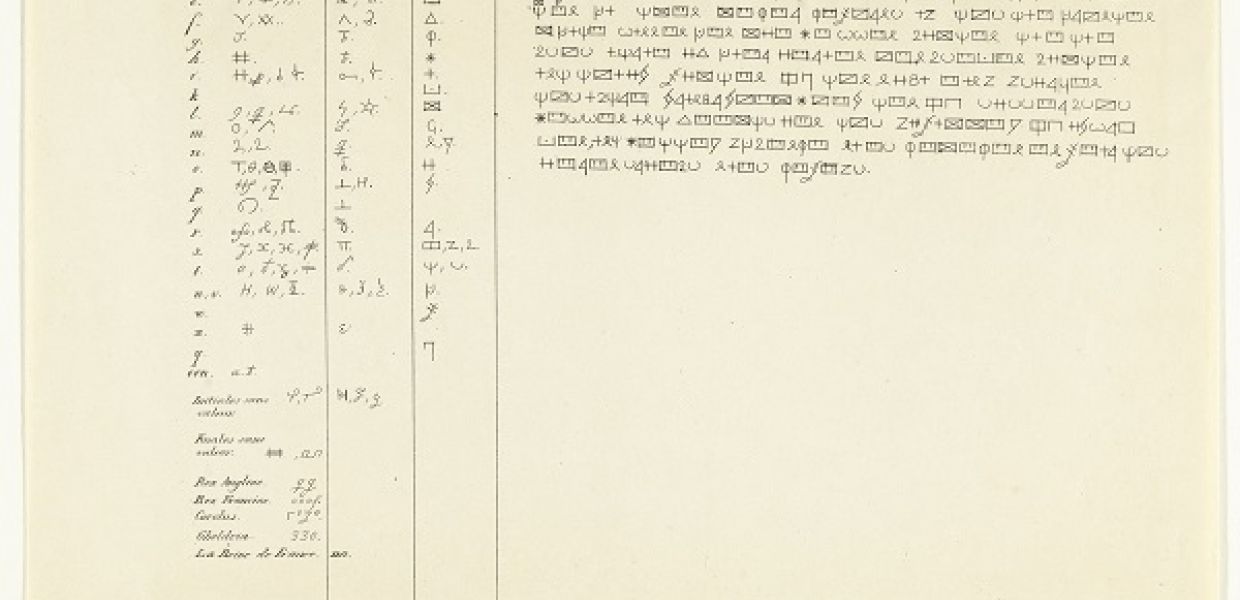Mappings makeover: how to improve data quality

Data mapping can be a tedious task, but yet never boring! A crucial process that shouldn’t be underestimated, defining mappings is key to accommodate schema differences at source. These efforts imply coming up with strategies and solutions that can have a huge impact on data output quality.
Back in 2013, we were already exploring the interoperability challenges raised by mapping between different data models in the Europeana data aggregation context. Despite the technologies now available to assist this process, it is clear that the expertise of data providers ensures the quality of the produced metadata.
Two case studies that we are publishing today present these data mapping efforts undertaken by Europeana data partners.
The Specialised Information Service Performing Arts project aggregates metadata from the performing arts domain, and chose the Europeana Data Model (EDM) to build an interoperability layer for the project. This case study describes how the project has re-used the EDM extension created by the DM2E project, and discussed challenges in representing Events in the context of the performing arts. You can read the full case study here.
Founded in 1386, the Universitätsbibliothek Heidelberg is Germany's oldest university, and one of the world's oldest surviving universities. Its magnificent collection contains parchments and early printed books from the 14th century until Modern Age, which makes it a great example of ancient books digitisation projects.
In this case study, we described the work undertaken on improving the mapping between the source METS data to EDM, as well as the data modeling required to support the IIIF resources available at the data partner’s side. The resulting collections now benefit from richer metadata, in the form of additional metadata elements and explicit links to Linked Open Data resources; but also from the visualisation features offered by the IIIF standard. Read the full report here.


